New Updates: iOS 26 What is Apple Liquid Glass?
The innovation of Apple has never followed trends as it always wants to set new trends. From the dynamic island to the notch, every design leap turns heads and often changed the dimensions of the industry.
In 2025, Apple will surely take another bold step with the latest operating systems, iOS 26, that introduces the tactile revolution called liquid glass. But what exactly is the new design language and why it has sparked both the criticism and awe?
Tune into the post What is Apple liquid glass along with all the necessary details about the Apple liquid glass.
Part 1: What is iOS26?
1. Release Date and Supported Devices
Apple officially announced 16 on June 10, 2025, during WWDC. The Publix beta has begun in the July, with the full rollout expected in the September. Supported devices include the iPhone 15 and later, iPhone SE (4th generation) and all the iPhone models with the A16 Bionic chip or newer.
Main Features of the iOS 26
iOS 26 has come up with some of the most notable improvements.
1. Liquid Glass UIIt offers a sleek and fluid design overhauled.
2. Improved Siri IntelligenceIt tends to enhance the contextual awareness and on-device AI.
3. Photos App RedesignIt offers the more intelligent photo categorization with new filters.
4. Widgets 2.0You can explore the interactive widgets with the multi layered functionality
5. Advanced NFC AccessIt offers expanded API support for third-party apps.
Part 2: What is Apple Liquid Glass in iOS 26?
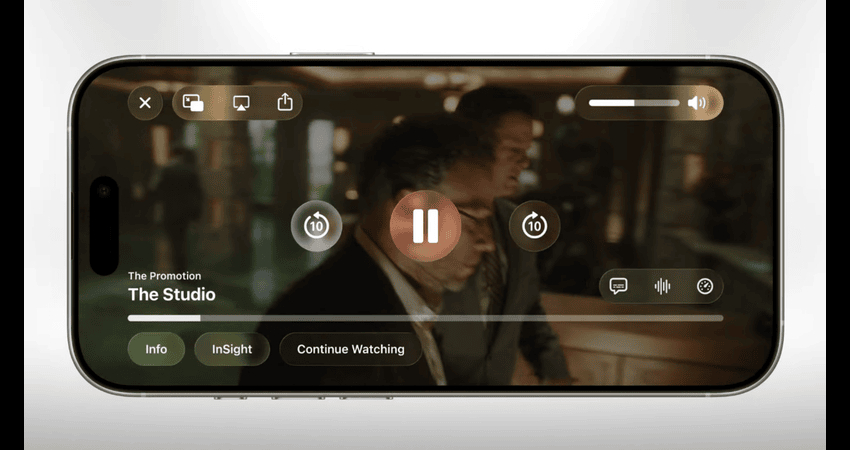
1. The concept of the Liquid Glass in Smartphone Tech
In the smartphone world, ''Liquid glass refers to the visual aesthetic and design metaphor. It tends to mimic the behavior and look of the molten glass, including the reflective, smooth, and reactive properties to motion and light. You can also think of the ultra-clear surfaces that could subtly bend the reflections, softening the edges like liquid in the motion.
2. Apple's take on Liquid Glass
According to the official Apple newsroom post, Liquid Glass is a highly interactive and visually redesigned feature that makes interface elements more alive, as it includes translucent depth layers that react to motion and lighting. It also offers smooth morphing transitions between windows and apps, followed by 3D-like reflections and contours for a liquid-like look.
3. Advantages of the Liquid Glass Design
1. Visual EleganceThe interface looks cleaner and modern.
2. Enhanced DepthIt provides layered visuals that create a spatial hierarchy, making it reasonably simple to focus.
3. Tactile AnimationIt is a responsive movement that feels simple and fluid.
4. Battery OptimizationDespite having the visual complexity, Apple Claims that the Liquid Glass is well optimized for energy efficiency on the A16+ chips.
Part 3: How do People's React to iOS 26 New Apple Liquid Glass Design?
What Fans love about the Apple Liquid Glass
1. Visually StunningDesigners and users have praised the elegant look of the interface, with its glass-like curves and real-time lighting effects, which makes the interface look futuristic.
2. It Feels AliveAnimations tend to respond to the app and gestures transitions like water rippling under a finger. For many people, this aspect makes using the phone more natural and enjoyable.
3. It's Peak Apple AestheticsFans compare it to the best aspects of the skeuomorphic era, but modernized. Many have said that it has reflected Apple's signature balance between art and technology.
Improves Focus layered transparency tends to help distinguish foreground content from the background distractions assisting the user’s attention.
What Critics Dislike about the Apple Liquid Glass
1. It's OverdesignedSome users feel that the aesthetics overshadow the functionality, as the animated effects may seem ornamental or excessive to those who prefer a minimalist approach.
2. Motion Slickness ConcernsCritics on Twitter and Reddit tend to report that the hyper-fluid motion effects could trigger motion sensitivity or eye strain, especially in the dark mode.
3. Look too GimmickySeveral tech analysts argue that liquid glass tends to feel more like a showpiece than a practical user experience (UX) improvement. They compare it to AR filters that are flashy but seem non-essential.
4. Lacks CustomizationsUnlike Android 15's Material You, which offers core controls, Apple keeps the liquid glass strictly within design limits, leaving little room for user tweaks.
Part 4: Bonus tips: How to Enhance Screen Recording Videos under Apple Liquid Glass Design
If you're looking to enhance the screen recording videos under the Apple Liquid Glass design, you can watch out for the HitPaw VikPea. It is an outstanding video enhancer that utilizes AI-powered technology to elevate the quality of videos significantly.
Beyond that, HitPaw VikPea also supports batch enhancement, enabling you to enhance multiple videos simultaneously while improving their quality, and it maintains the original quality of the videos.
Main Features of HitPaw VikPea
- Lets you to enhance the screen recording videos under the Apple Liquid Glass
- Provides the simple user interface
- Works on Mac and Windows
- Several AI models to choose from
- No watermark in the enhanced videos
- Lets you to enhance multiple videos simultaneously
- Provides the outstanding video customization functions
How to enhance videos through HitPaw VikPea?
Step 1: Install the HitPaw VikPeaNavigate to the timeline of the HitPaw VikPea and then install the tool on the computer. In the next phase, you'll need to start the software and select the Choose File button to import the video you want to enhance the quality of.
Since HitPaw VikPea supports batch enhancement, you'll be able to import several videos in one go in the several formats like M4V, MKV, MOV, AVI, and MP4
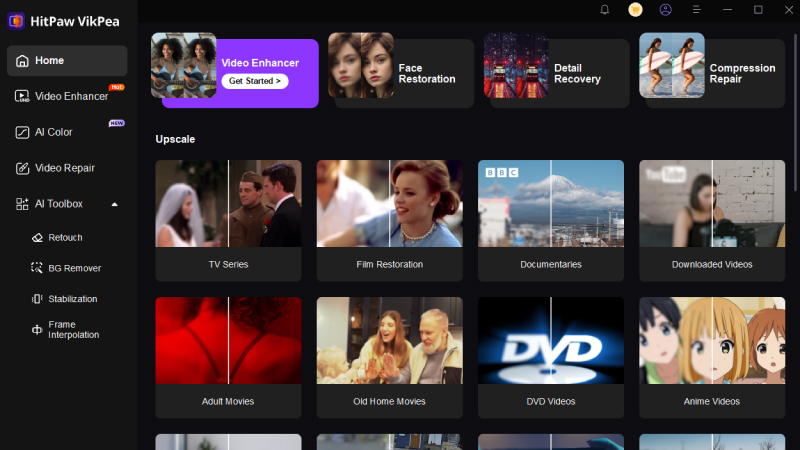
Step 2: Apply the AI Model
You can now explore several AI models, including the General Denoise model, the Video Quality Repair model, the Face model, the Animation model, etc. Selecting the Face model will help you eliminate the blur from the images and makes the videos look outstanding.
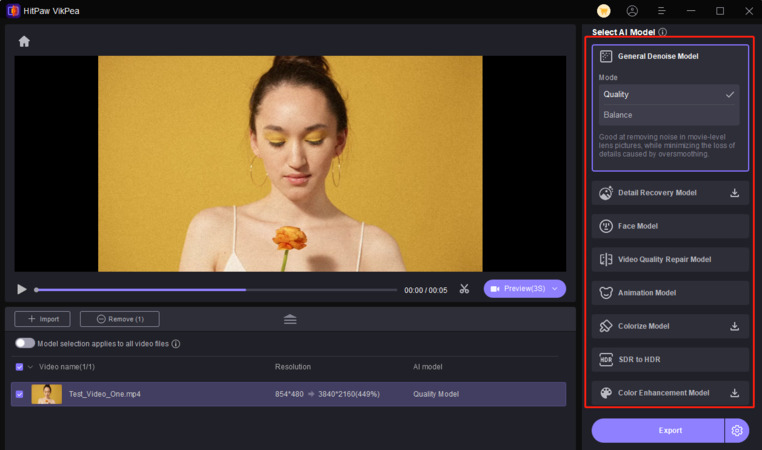
Step 3: Export the video
Tap on the Preview icon to review the changes made by the applied AI model on the video. Opting for this AI model helps you assess the situation of the video, and after getting satisfied with the video credentials, you can choose the Export button to download the video.
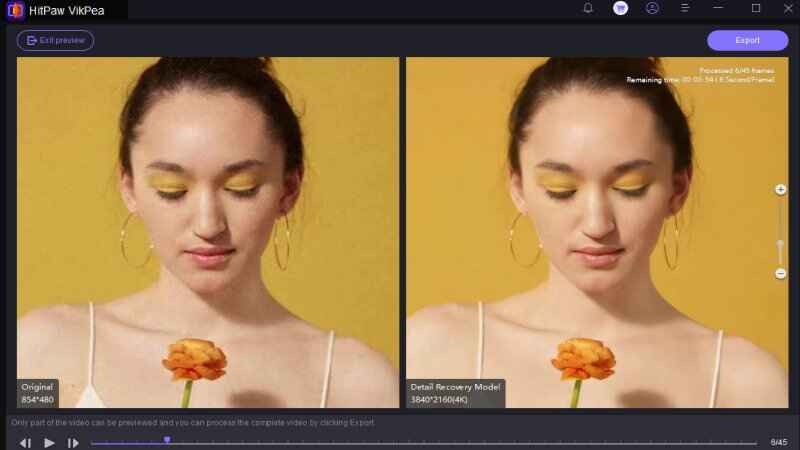
Part 5: FAQs about iOS 26Apple Liquid Glass
Q1. What devices support Apple liquid glass design?
A1. Apple Liquid Retina is supported on the iPhone running iOS 16, particularly those with the A16 Bionic Chip or newer. It includes the iPhone 15 series, iPhone SE (4th generation) and future iPhone models released after 2024. These devices are well optimized to manage the real time motion effects and rendering that liquid glass requires.
Q2. What is iOS 26 on?
A2. According to Apple, iOS 26, the latest version of Apple's mobile operating system, is compatible with iPhone 11 and newer models, as well as the upcoming iPhone 17.
Conclusion
iOS 26 has become much more than a routine update, as it is a visual shift into the future of mobile design. With the introduction of Apple Liquid Glass, Apple has reimagined how the interface feels, engages, and moves. Although some users are captivated by the fluid, sleek visuals, others remain skeptical of its practicality.
If you want to enhance the screen recording videos under the Apple liquid glass design, as it provides the majestic AI models to elevate the overall quality of the videos.




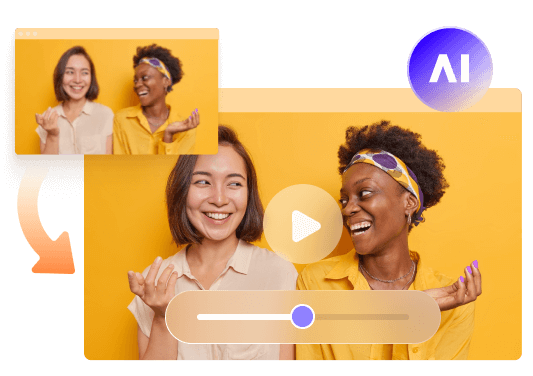




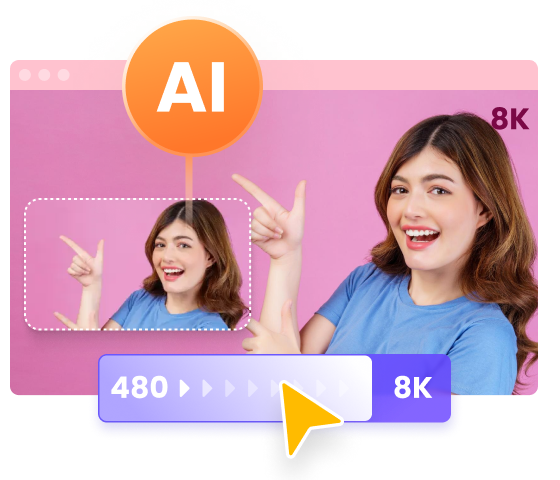
 HitPaw Edimakor
HitPaw Edimakor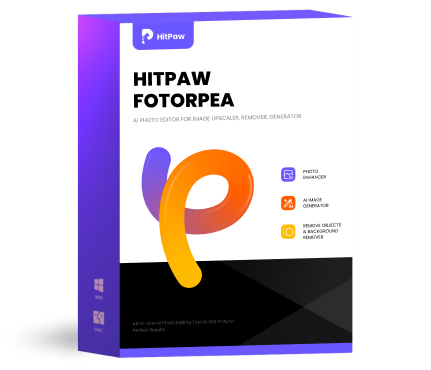 HitPaw FotorPea
HitPaw FotorPea HitPaw Univd (Video Converter)
HitPaw Univd (Video Converter) 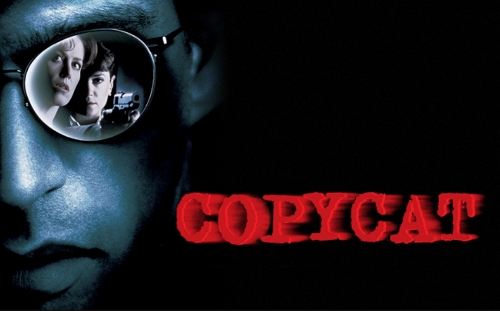



Share this article:
Select the product rating:
Daniel Walker
Editor-in-Chief
This post was written by Editor Daniel Walker whose passion lies in bridging the gap between cutting-edge technology and everyday creativity. The content he created inspires the audience to embrace digital tools confidently.
View all ArticlesLeave a Comment
Create your review for HitPaw articles